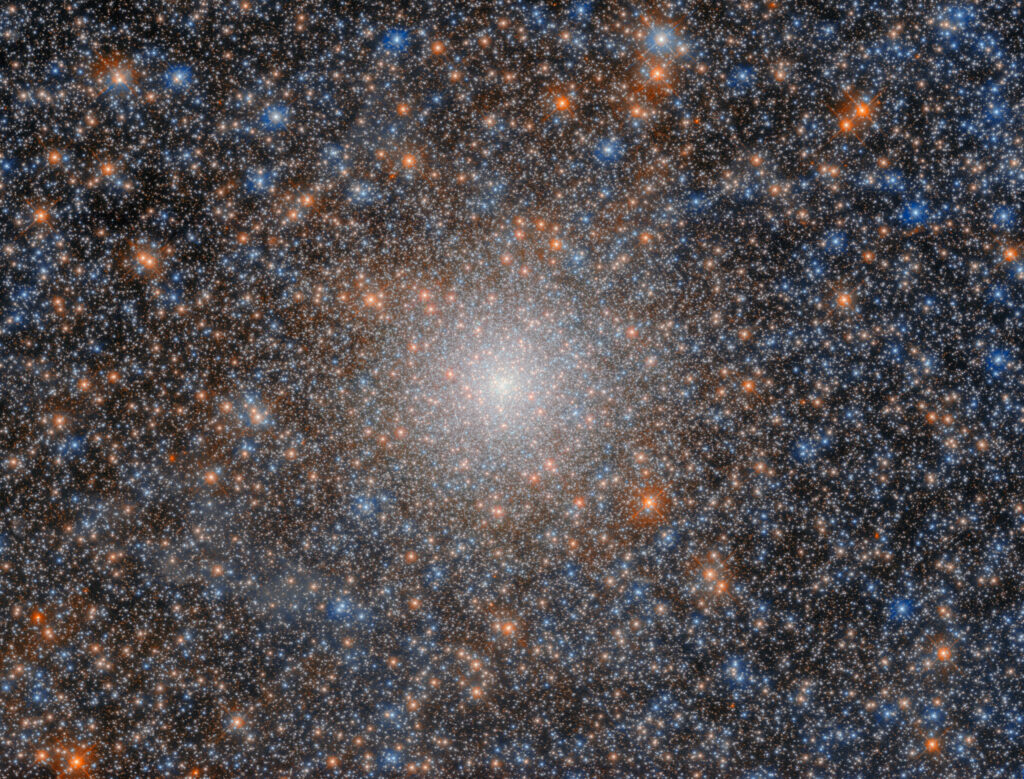The Hubble mission team has published a new image. It shows the globular cluster NGC 2005. Its study has shed light on the history of the Milky Way’s neighbor.

Globular clusters are dense groups of stars held together by gravitational forces and orbiting around the galactic center as companions. They can consist of tens of thousands or even millions of luminaries and are very stable, which determines their longevity. The age of many globular clusters is comparable to the age of the first galaxies in the Universe, and they are mostly composed of old stars. Thus, the study of globular clusters in space can be compared to the study of fossils on Earth.
In the case of NGC 2005, the location adds interest to it. It is only 750 light-years away from the heart of the Large Magellanic Cloud (LMC), the Milky Way’s largest companion galaxy, which is about 162,000 light-years away from Earth.
It is widely believed that the relatively large galaxies we observe in the modern Universe have been formed by the merger of smaller galaxies. If this is true, their oldest stars must have originated in different galactic environments and have different chemical compositions. In the form of their stability, globular clusters provide an excellent natural laboratory for testing this hypothesis.
According to scientists, the existence of NGC 2005 serves as evidence in favor of the hypothesis of evolution of galaxies by merger. Its stars have a different chemical composition than the surrounding stars. This suggests that somewhere in its history LMC underwent a merger with another galaxy. They merged and dissipated long ago, but NGC 2005 remains as an ancient witness to events long past.
Recall that the Hubble telescope recently went into single gyroscope mode.
According to https://esahubble.org


